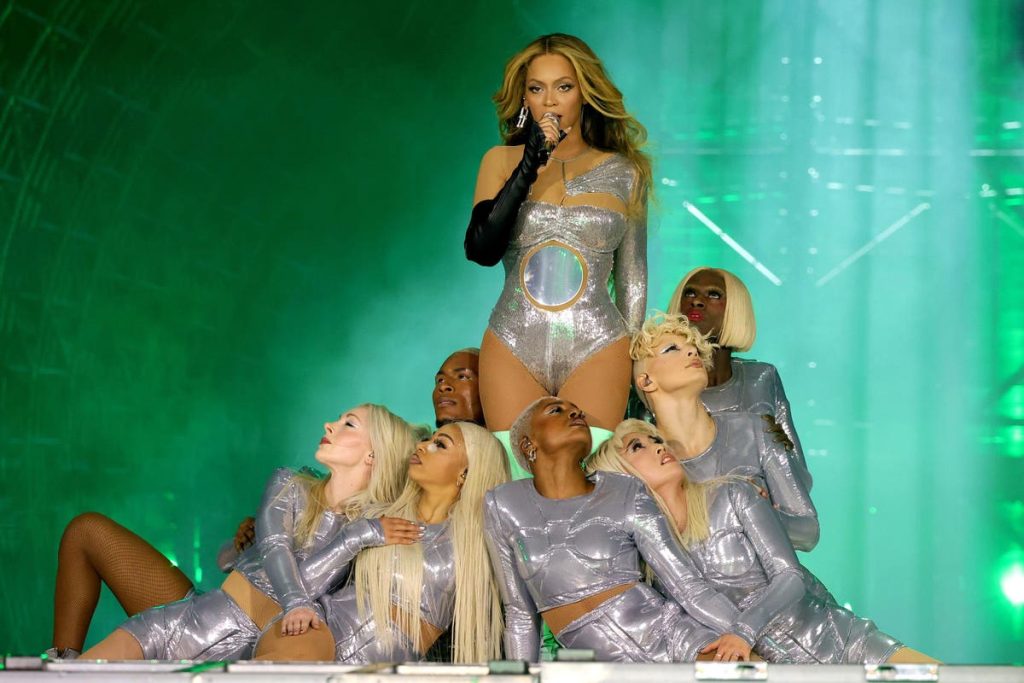This summer season brought an undeniable power — the female dollar.
Fueled by icons like Beyoncé, Barbie, and Taylor Swift, women across the globe are making their mark in the global economy.
This emergence of economic power raises a serious question: How can fintech companies use this momentum to shape the future of our economy?
The power of the female consumer is reshaping industries and economies, and fintech has the potential to lead this transformation if the sector can adapt from within.
The Female Economy: A Lucrative Opportunity
Women make up a staggering 85% of global consumer spending, translating into over $31 trillion annually. This astronomical figure represents a veritable goldmine for fintech, a sector that, ironically, remains significantly underrepresented by women. Globally, women make up less than 30% of the fintech workforce, and a mere 8% hold leadership roles, according to research conducted by Deloitte.
To fully realize the potential of this trillion-dollar market, fintech must recalibrate its approach. Companies should ensure that their leadership teams reflect the unique experiences and needs of the female demographic they aspire to serve. Inclusivity is not just a buzzword; it’s a strategic imperative.
Despite the eye-watering numbers, it is disheartening to observe that many companies underestimate the power of female customers. Often, they offer repackaged versions of products initially designed for men. This underestimation results from the stark gender imbalance in the fintech industry.
Female-led companies like Ellevest, Tala, and OnlyFans have made commendable strides. They are making financial services accessible to women across different income brackets, powering them to make informed financial decisions and enhance their economic well-being. Importantly, these companies boast leadership teams comprising more than 50% women.
Diversity Within the Female Demographic
Acknowledging that women are not a monolithic market is critical. Half the world’s population encompasses a vast spectrum of experiences and financial needs.
Research by Cake Ventures has further substantiated this point, revealing that women aged 18-24, women of color, older women, mothers, and single professional women represent distinct and sometimes overlapping groups within the broader female market. Each group has its unique financial service essentials.
Ellevest Founder and CEO Sallie Krawcheck recently wrote in a blog that women of all different backgrounds feel more confident than ever this summer, boosting the economy through ventures they love – like concerts and movies representing the female experience.
“They couldn’t put Barbie back in her box. I don’t think ‘they’ can put this — this power — back in its box either, now that we’ve seen how much fun it is,” she wrote.
The power of the female dollar is here to stay, and businesses must focus on catering to the specific needs of different groups of women to reap the benefits.
Seizing the Opportunity
OnlyFans has identified its unique market opportunity that broadly encompasses women — the creator economy. OnlyFans’ objective is to assist creators in earning money through their work. The newly appointed CEO, Keily Blair, is committed to catering to the needs of female consumers and creators and bridging the gender gap in female leadership within the larger fintech industry.
“If you look at the gig economy and the creator economy, so much of that work is about flexibility, about being in control, about owning your own time, being able to work around your schedule, those are things that have traditionally been women’s issues,” Blair said during an interview with me. “Now they’re everybody’s issues because everybody wants more flexibility. In fintech, we need to think about those problems and solve them in a way that is inclusive of women.”
Blair notes that while OnlyFans does not provide a precise breakdown of its gender demographics, a substantial proportion of creators on the platform are female, including many high-profile ones. A Collabstr report affirms this, indicating that 77% of influencers actively monetizing their content on social media are female.
OnlyFans is home to over 3 million creators across 100 counties and over 220 million “fans” or users paying out to creators globally. Last year, OnlyFans announced it has paid out $10 billion in creator earnings since being founded in 2016.
OnlyFans operates on a simple model: creators retain 80% of their earnings, with OnlyFans claiming the remaining 20%. This translates to creators earning four times as much as the platform itself—a testament to the substantial returns the creator economy can offer.
Goldman Sachs estimates that the creator economy is already a $250 billion industry, with projections suggesting it could reach $480 billion by 2027. This sector’s rapid growth presents a tremendous opportunity for financial services, yet traditional institutions have been slow to embrace it, clinging to outdated criteria for financial eligibility and societal norms.
“There are creators on OnlyFans who are earning incredible amounts from the platform, but they’re unable to get a mortgage, but they’re not a credit risk,” Blair said. “What’s the decision-making process behind that, and why is it not designed with the creator economy in mind?”
Creating a Cycle of Growth
Blair’s ultimate goal is to see the creator economy receive the same respect and recognition as other economic sectors. In her vision, financial institutions should provide creators with access to banking, financial services, and wealth management. This would break down barriers that hinder wealth accumulation for women in the creator economy.
“Creators need access to financial services products, they need access to wealth management products,” she said. “If you’re not solving those problems, somebody else will eat that market share.”
The importance of fintech addressing the creator economy is a means of fostering growth cycles within the female economy.
By recognizing the distinct needs and experiences of female consumers and creators, fintech can help promote financial independence and inclusivity for women while benefiting from its significant impact on our economic landscape.
We need more women leading the way to get there.
Read the full article here















